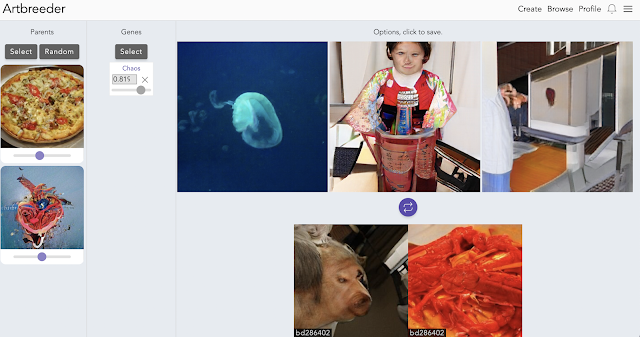I have started this week feeling more positive toward my uni work, and after looking back through my initial idea sketches I have decided that I will stick with the issue I initially chose but make it more universal rather than focussing on myself. I will be focussing on the problem of always being tired, and today I will look at different attitudes toward creating an outcome - serious, lighthearted, cynical, supportive....
here are my initial ideas from a few weeks ago when this project began
I'm going to try and have a positive mental attitude and not overthink this too much!!!
research - What Does Your Imagination Look Like? (youtube essay)
-human visual processing is extremely complex
-if you could project your visual mind onto a screen, what would you see?
-Aphantasia is the inability to visualize mental images, that is, not being able to picture something in one's mind. Many people with aphantasia are also unable to recall sounds, smells, or sensations of touch.
-The Greek word phantasia is usually translated "imagination." However, in Greek thought the word always retains a connection with the verb phainomai, "I appear." It can be used to refer both to the psychological capacity to receive, interpret, and even produce appearances and to those appearances themselves’
-hyperphantasia - extremely vivid imagination
-translating the images in your mind to ‘paper’ (physical) - difficulty level based on vividness of imagination
-artistic skill - is it from visualisation in the mind or from practicing? is it innate?
-recalling abstract concepts such as truth or justice - does this bring a visual image to ones mind?
-people with aphantasia can still be artists - people who can’t visualise things can still make visuals
“our visual system is arranged so that it emphasises the structures where change is happening”
-scientists have found a way to reconstruct images shown to a subject through monitoring brain activity
-reconstructions of common objects such as people were more accurate
-not very accurate as measured brain activity slower than the rate at which it happened
-scientific research suggests most people visualise key features and distance shapes, ignoring the rest of the image.
-faces seem to be most accurately visualised, according to research. (see paredoilia - the phenomenon of seeing faces in inanimate objects)
-there is no answer to this question, no one knows other than the person imagining it, and even then it’s illusive and the brain constantly misremembers details (see mandela effect)
---
when I imagine something, it isn’t in a 2D plane, it’s 3D, but I can only focus on a few things at a time so the outer edges of the plane are fuzzy and vague
-ARTBREEDER neural network (series of algorithms) Artbreeder aims to be a new type of creative tool that empowers users creativity by making it easier to collaborate and explore. Originally Ganbreeder, it started as an experiment in using breeding and collaboration as methods of exploring high complexity spaces. Artbreeder is named after the research of Picbreeder which investigated the role of exploration in the optimization process. It is also inspired by an earlier project of mine Facebook Graffiti which demonstrated the creative capacity of crowds.
This website is pretty confusing to me, I'm not really sure whats going on but the results of clicking on stuff for a while were interesting
INITIAL IDEAS:















No comments:
Post a Comment